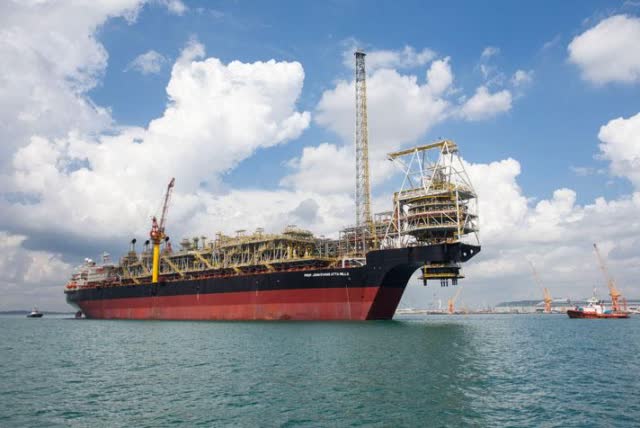Let me begin with a spoiler: the oil industry is in big trouble, on the brink of a supply glut not seen in decades. Tullow Oil (OTCPK:TUWOY, OTCPK:TUWLF) is no exception.
When I published my first article on this London-based and Africa-focused exploration & production company, I had a moderately bullish sentiment, as the growth path the offshore player had embarked on looked supportive of consistent market value expansion. I was especially bullish when Tullow reinstated dividends as its cash flow outlook improved and balance sheet healed nearly all the wounds inflicted by the disastrous oil price slump in the mid-2010s. Factoring in free cash flow estimations, I concluded it was safe (it really was, before Tullow encountered operating issues offshore Ghana that led to dividend suspension).
Source: Tullow Oil website.
Unfortunately, a gamut of extremely unfavorable events shattered my thesis and virtually burned down all the optimistic sentiment I had long before the oil price war broke out. First, in November, the results of the evaluation of the Guyanese crude quality and density demonstrated oil was heavy and bear too much sulfur, which signaled the offshore development program would be more challenging and costly. Though it was somewhat disappointing, I explained why investors overreacted to this news. After the evaluation results were announced, I maintained my bullish rating.
But second, on December 9, the company informed the market that it had much more profound issues than the API gravity and sulfur content of the Guyanese crude. The flagship assets offshore Ghana that were expected to secure liquidity and fund future growth initiatives (e.g., developments in Uganda, Kenya, and offshore Guyana) backstabbed. As a result of the lackluster performance of the TEN and Jubilee fields, the 2020 production and FCF outlook were downgraded and the dividend was suspended.
Unfortunately, previous assumptions
